On the 3700 block of West Chicago Avenue, surrounded by empty lots and boarded up storefronts, there is a safe haven for children who are trying to escape the violence and gang activity taking place on the street outside.
It is easy to miss. The doors are painted over and boarded up, and the doorknobs are busted out. A small wooden sign propped against the entrance reads, “Art Studio, Free for Kids 10-18, Music, Poetry, Painting, Dance.” If a passerby were to take a chance and push the door open, the program director, Samantha Perez, would eagerly greet them and invite them inside.

Upon entering, one would be intrigued by the brightly painted canvases hanging on the walls and the industrial feeling the space emanates. There are shelves filled with brushes and paint, and tables where student work in progress rests. At the back of the studio, there are several repurposed church pews that have been painted over in swirling patterns by students. After a quick inspection, it is easy to deduce the space was once a church. It seems fitting, as it is now a space that teaches respect, patience, and friendship.
Graffiti Zone is an after-school program that teaches drawing, painting, and canvas-making, and ultimately gives students the skills needed to create a graffiti mural. Last summer, the students and teachers completed murals around Humboldt Park to beautify the neighborhood, including one under the bridge at Chicago Avenue and Sacramento Boulevard that reads “You Are Beautiful” in bold, colorful letters.
“It’s an outlet for frustration, anger, abuse—whatever people are going through,” said Perez. “They can come here and not think about those things for two seconds. Get past whatever they need to get past. It’s a place to grow, to feel comfortable, a haven.”
Perez is only 24-years-old. She was recently handed down the position of Program Director by Graffiti Zone’s founder, Jody Cooley.
Cooley chose to open an art studio that specializes in graffiti because she knew it was something the children in the neighborhood could connect with.
“In an at-risk neighborhood, that’s basically the only type of art you see,” said Cooley. “It was something the kids could identify with. It opened a door to other types of art.”
Perez has lived in Humboldt Park her entire life. She believes that children in this neighborhood need after-school programs like Graffiti Zone to keep them from getting involved in gang activity and crime.
“I’ve seen so many people go down destructive paths,” said Perez. “This area just needs to know that they have another choice other than what’s in their face. The world is much bigger than it seems. They can create something more for themselves.”
Since the 1970’s, Humboldt Park has been economically depressed, with housing values below the citywide average. Roughly 32 percent of households are below poverty level, and 36.8 percent of adults do not have a high school diploma, according to crime.chicagotribune.com.
Cooley said that police officers in the area have been very supportive of Graffiti Zone.
“Captain Roger Bay has been to our art shows,” said Cooley. “He recently wrote us a letter saying that since we’ve moved into the neighborhood, things have gotten better; they’ve seen less violence; and they support what we’re doing.”

One student at Graffiti Zone, Armand McFarland, a high school senior, lives on Chicago’s South Side. He transferred to West Town Academy, an alternative high school in Humboldt Park, because it is too dangerous for him to continue attending the high school in his own neighborhood.
“The mistakes I made when I was younger, they’re catching up to me,” said McFarland. “The stuff I did to people when I was younger, they don’t want to let it go. I came all the way out West because it was too dangerous for me to go to school down South.”
It takes about an hour for McFarland to commute to West Town Academy each day. He said at his old school, people would come to his school to find him and try to hurt him. McFarland said once you’ve been involved in gang activity, it’s hard to escape from that lifestyle.
“I’ve dropped out of school a couple times, gotten locked up,” said McFarland. “I’m not a bad person; I might have been misled when I was growing up though. I still want to get my high school diploma; I want to make my momma proud.”
West Town Academy has partnered with Graffiti Zone to send a small group of students there for 5 weeks to complete a community service project. At the end of the program, the students will paint a mural inside their high school.
Miguel Nava, a junior at West Town, is also completing the program at Graffiti Zone. Nava has done graffiti before, but in the past, his art was gang-related. He was arrested for defacing public property and spent two weeks in jail. He is excited that Graffiti Zone will allow him to create a graffiti mural in a space where it is legal.
Nava has been drawing since he was a child. He sees it as an outlet for frustration.
“You can forget about your problems,” said Nava. “You can use your anger when you’re drawing or doing graffiti, instead of doing something crazy.”
Perez hopes to secure more permission walls this summer where her students can create a beautiful mural and add color to a struggling neighborhood.
“It just gives them something to focus on that’s not so judgmental,” said Perez. “There is no right or wrong way to art. It’s the simplest form of therapy.”



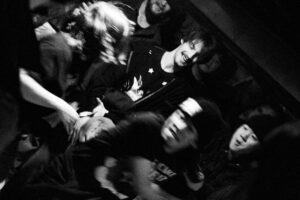
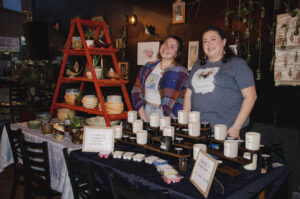
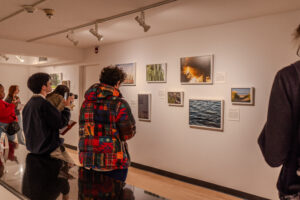
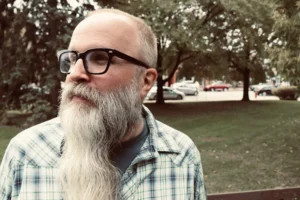
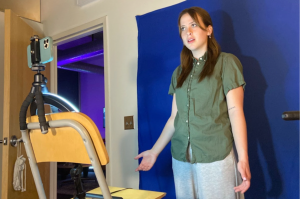



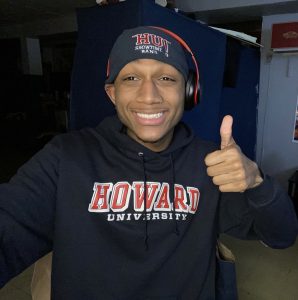





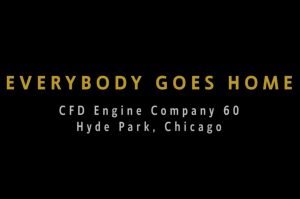
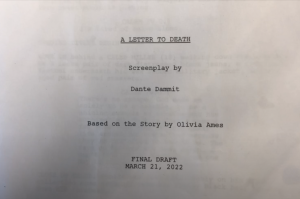


Be First to Comment